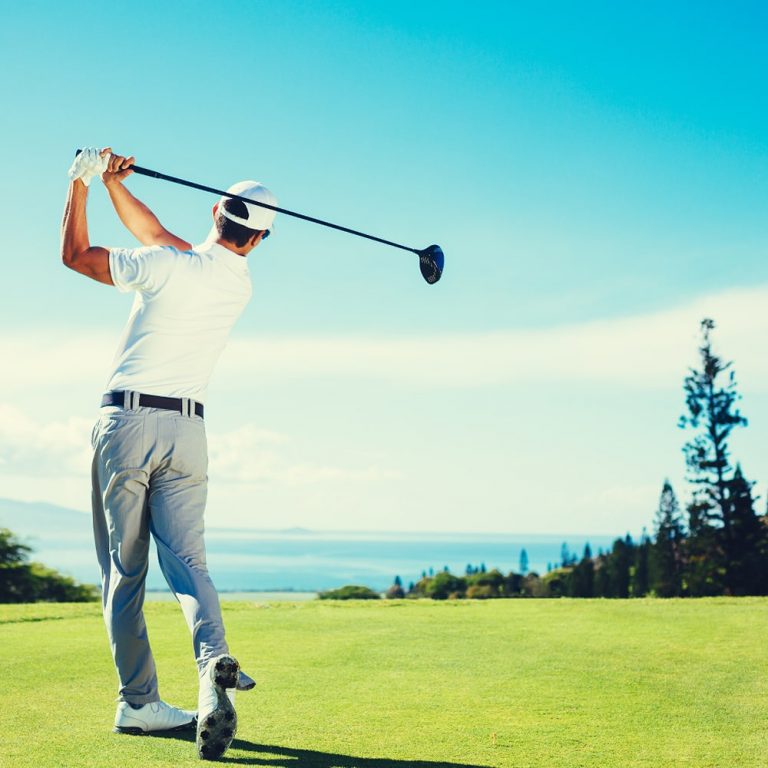Golfer’s Elbow

What is Golfer’s Elbow?
Medial epicondylitis, more commonly known as ‘Golfers Elbow’, is a repetitive use injury causing micro trauma to the tendon that attaches into the inside of your elbow. The muscles that attach into this tendon move your wrist, hand, and fingers.
These muscles tend to be heavily used with gripping a golf club from your dominant hand, hence the name golfer’s elbow. The condition is very similar to tennis elbow which occurs on the outside of the elbow.
Do you need treatment?
Book now

Common Symptoms of Golfer’s Elbow
Common symptoms of Golfer’s elbow include:
- Pain around the inside of your elbow and into your forearm. This may begin suddenly or can develop gradually over time.
- This area can also be tender to touch or swollen.
- Feeling of weakness or stiffness in your forearm.
- Often movements like gripping a handshake or opening up a door may be painful or feel weak.

Golfer’s Elbow treatment
Following an assessment, our physiotherapists can recommend exercises tailored to improve the mobility and strength of the muscles in your arm and shoulder. We will also equip you with strategies to help prevent strain to the injured site.
For an acute flare up of golfer’s elbow it is recommended to use RICE (rest, ice, compression, elevation). If your pain does not improve its advisable to see a physiotherapist.
Following an assessment by one of our physiotherapists, we will recommend exercises to improve the function of your upper limb and give you strategies to help prevent strain to the injured site. They will provide you with a tailored exercise program which will factor in strength imbalances, load progression and adequate rest. Research continues to show the benefits of exercise for improving golfer’s elbow symptoms and improving function.
Our physiotherapists will also talk through task or workstation ergonomics to reduce muscle strain as well as advise on any elbow supports or alternative treatments that may help your recovery.
If you are experiencing any of the above symptoms, we strongly recommend you make an appointment with one of our physiotherapists. This is important as early targeted physiotherapy management improves golfer’s elbow outcomes.
Get in touch to book an appointment now.
Book now